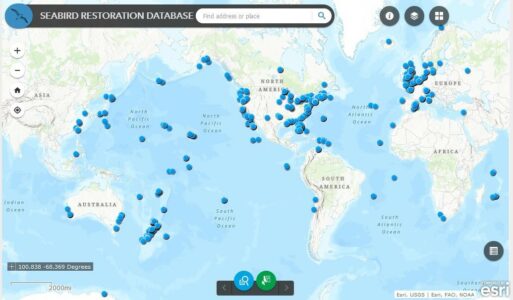Pacific Rim Conservation biologists have written or been involved in the development and writing of numerous natural resource management plans and exercises for prioritizing conservation/fencing actions and selecting among alternatives. We use this experience to help partners determine conservation goals and priorities, develop long-term management plans, and implement short-term work plans.
Global Seabird Restoration Database-The seabird restoration database is a unique global product presenting practitioners with real world examples of the methods and outcomes of active seabird restoration efforts from around the world. The database was developed in collaboration with seabird experts from six organizations (PRC, Project Puffin (National Audubon Society), the Nature Conservancy, the New Zealand Department of Conservation, Museum of New Zealand Te Papa Tongarewa, and Northern Illinois University) and populated using a rigorous systematic review process that aimed to document every recorded restoration activity targeting seabirds using social attraction or translocation methods. After reviewing over 1300 documents and reaching out to over 600 experts to gather data, the Seabird Restoration Database now contains over 850 examples of past, current, and future active seabird restoration efforts worldwide. To learn more and view the data, please visit seabirddatabase.org. If you have data you would like to contribute to this project, please contact Dr. Dena Spatz at seabirddatabase at gmail dot com.

